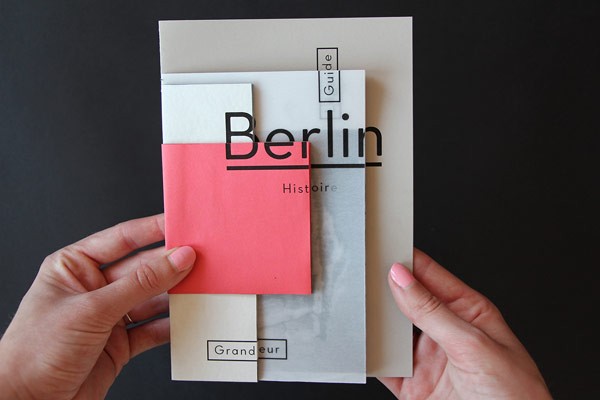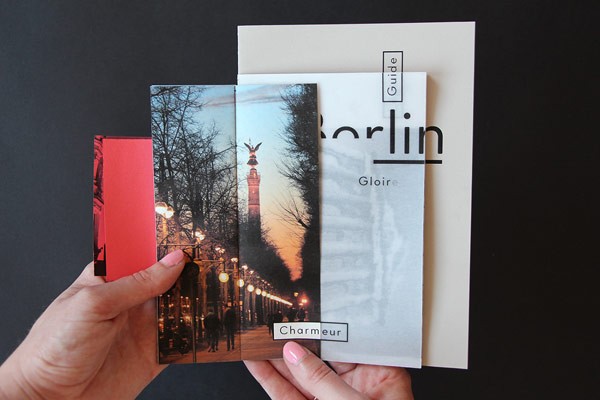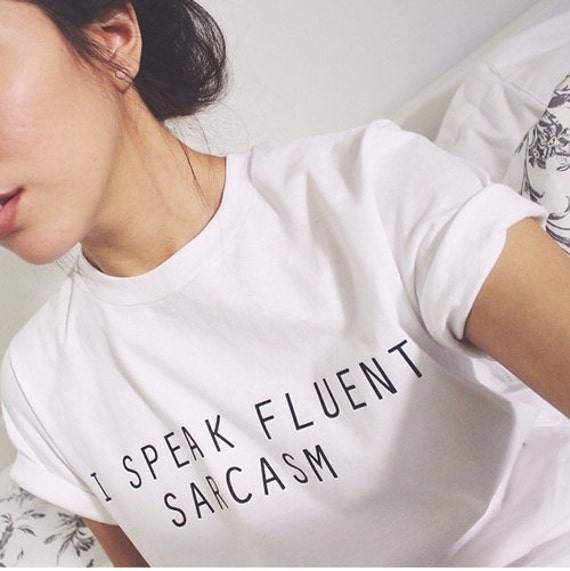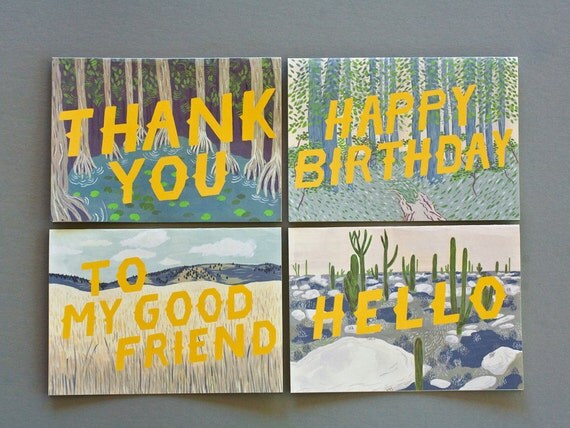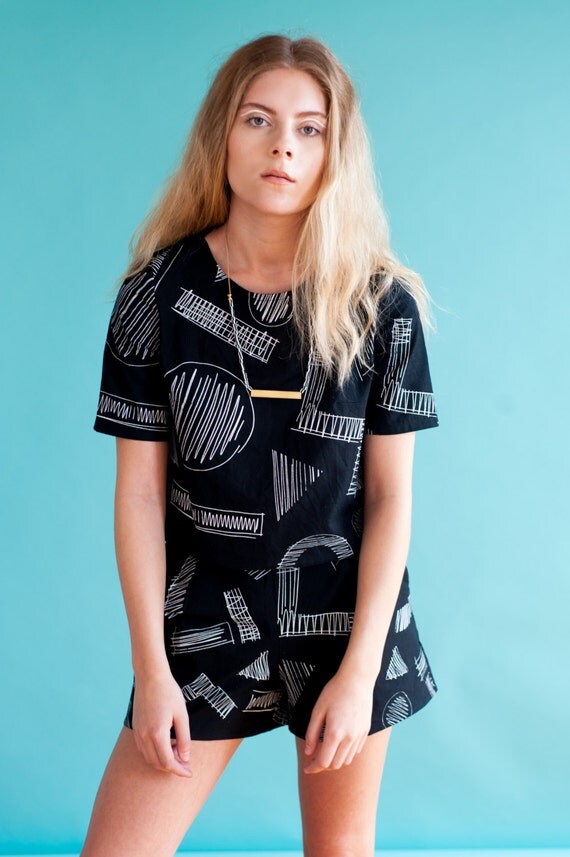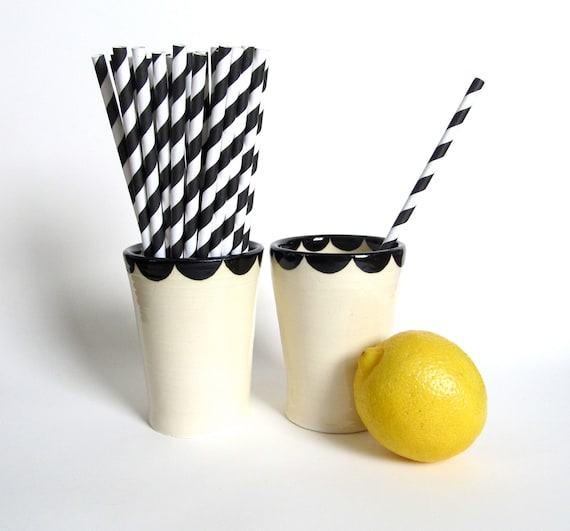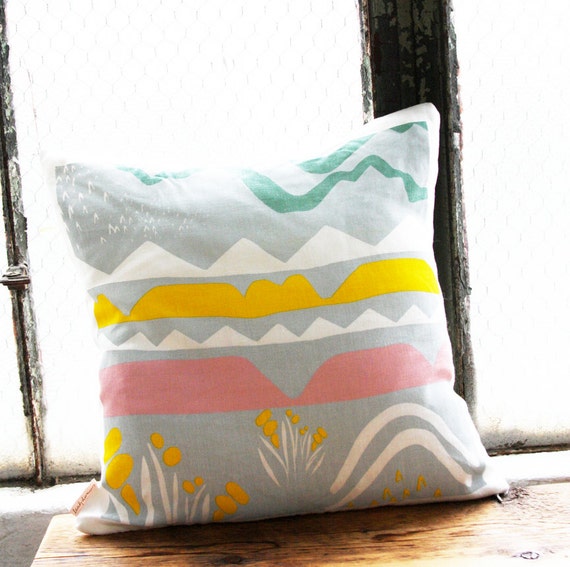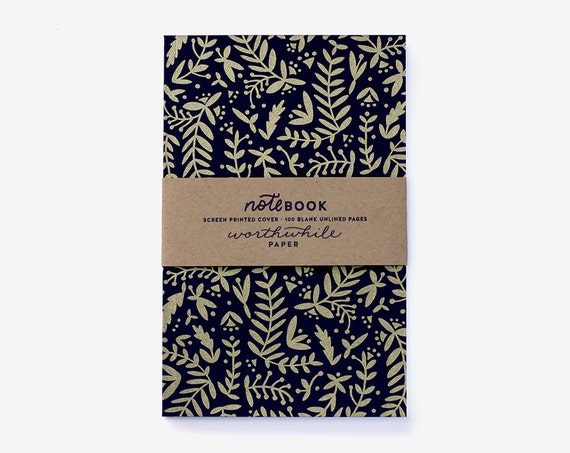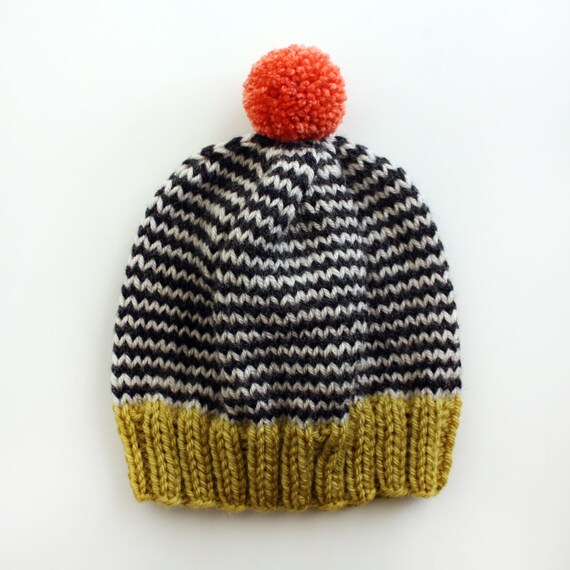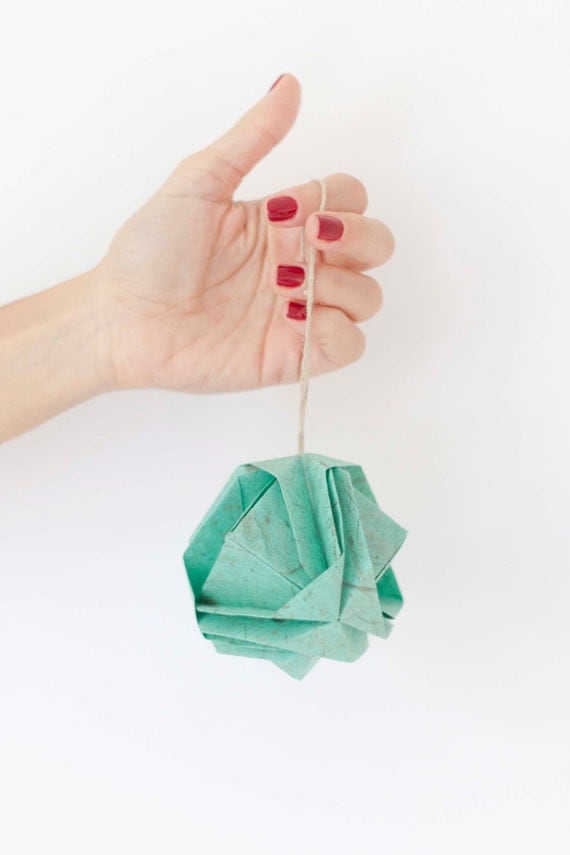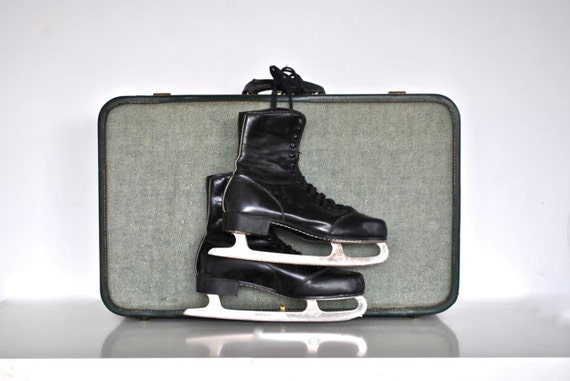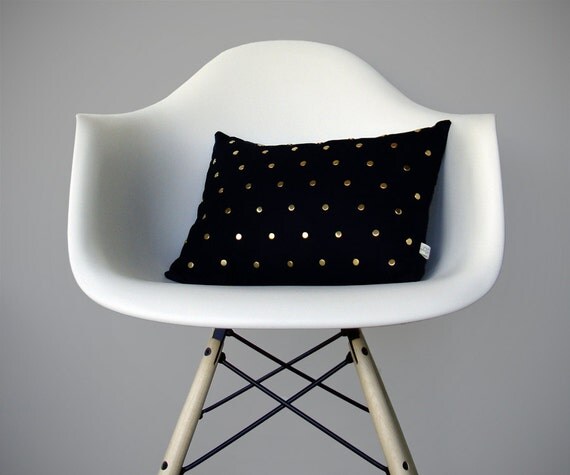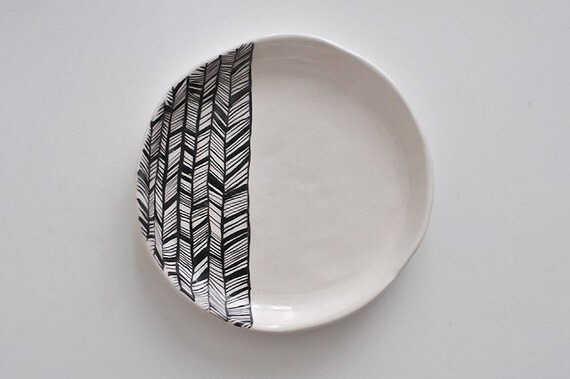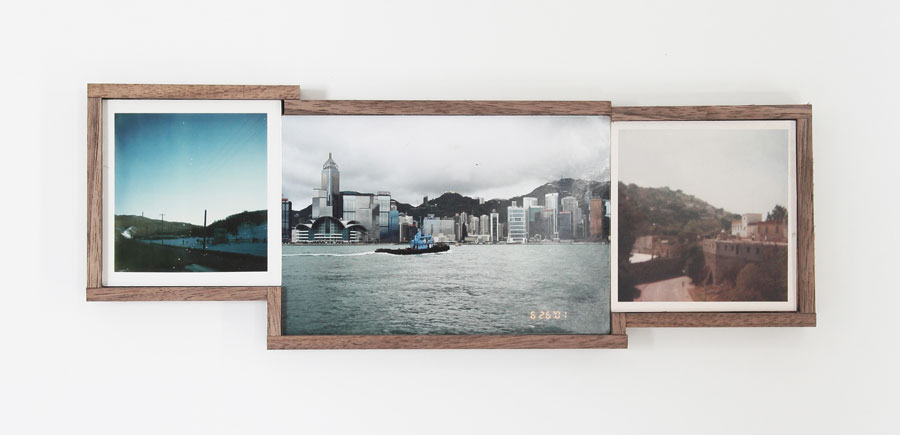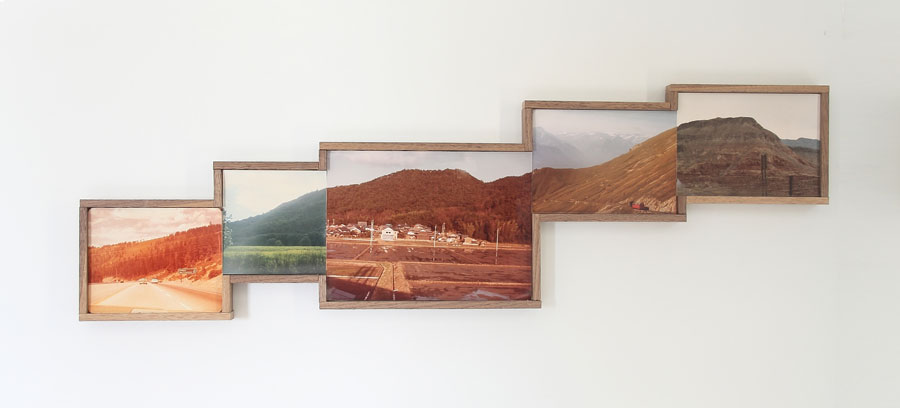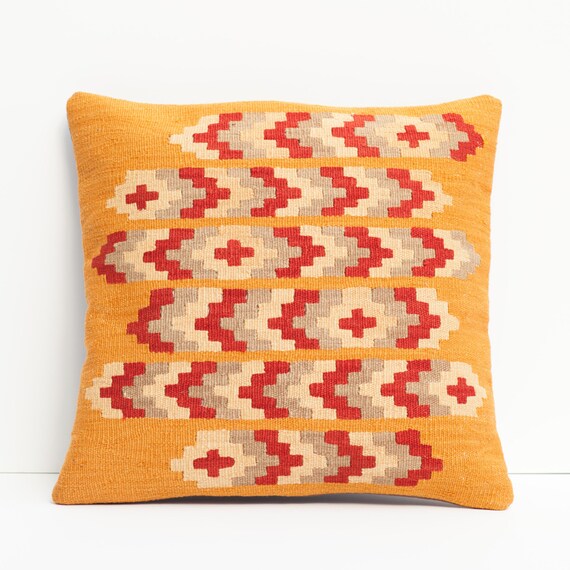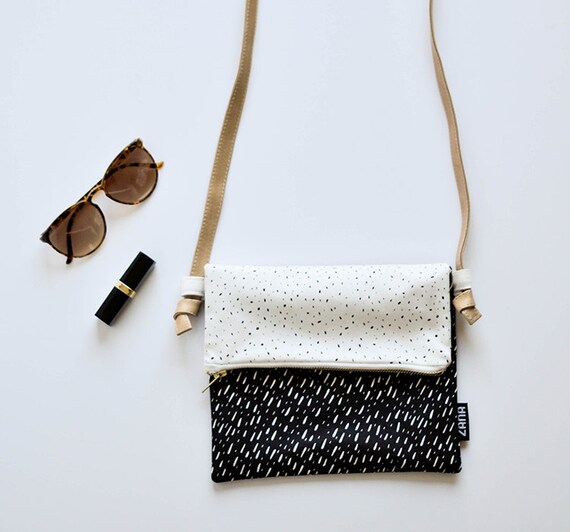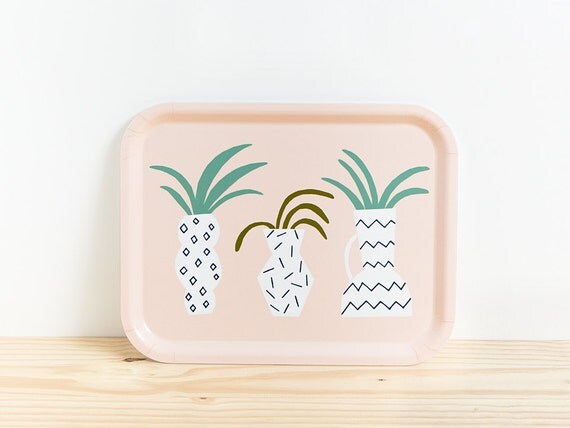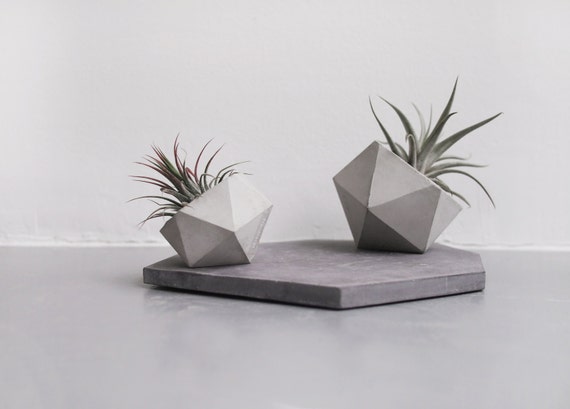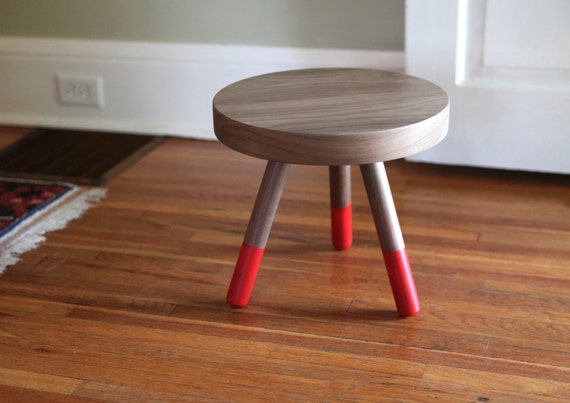(Scroll down for the english version)
Lasciatemi prima di tutto citare un estratto del libro
“Where am I wearing” di Kelsey Timmerman:
‘Il boicottaggio per questioni di etica del lavoro di per sé è più
nocivo del non boicottaggio. Certo, noi ci sentiamo bene quando combattiamo per
i diritti dei lavoratori Est-Asiatici nell’industria tessile, per il
non-sfruttamento minorile, per il carico insormontabile di lavoro che queste
persone devono sopportare ogni giorno in condizioni deplorevoli. Ma ci siamo
mai spinti un po’ oltre? Abbiamo mai provato a estendere i nostri limiti
mentali posti da delle campagne semplicistiche e pensato cosa ne sarebbe di
queste persone se non avessero quel posto di lavoro tanto screditato da noi
occidentali?’
Effettivamente io non ci
avevo pensato. Avevo sempre dato per scontato che fosse giusto pretendere
condizioni di lavoro perlomeno decenti per queste persone e abolire pratiche
medievali come lo sfruttamento minorile.
Purtroppo K. Timmerman nel suo viaggio nei luoghi più sperduti del mondo
ha dimostrato parlando direttamente con quei lavoratori che è meglio se non
boicottiamo l’abbigliamento che loro stessi producono. Molti di loro sostengono
famiglie intere con il misero stipendio che ricevono e non avrebbero altro
posto dove andare se non lavorassero nelle fabbriche grandi firme della moda.
Dopotutto noi dei paesi cosiddetti sviluppati cerchiamo di imporre un nostro modello di società che richiede uno sviluppo che richiede decenni, se non secoli. Devo solo ricordarvi le condizioni delle fabbriche italiane all’inizio del ventesimo secolo?
Dopotutto noi dei paesi cosiddetti sviluppati cerchiamo di imporre un nostro modello di società che richiede uno sviluppo che richiede decenni, se non secoli. Devo solo ricordarvi le condizioni delle fabbriche italiane all’inizio del ventesimo secolo?
Una soluzione che accontenta
tutti ci sarebbe: se tutte le aziende nel mondo avessero un codice etico minimo
a cui devono per forza attenersi allora la partita si giocherebbe su un altro
piano. Molte grandi aziende di
abbigliamento si sono dovute più o meno volontariamente adattare a questi
codici etici di corporate social responsibility. Siamo addirittura arrivati a
stabilire regole comuni grazie al duro lavoro della ILO (International Labour
Organization), la FTA (Foreign Trade Association) e la BSCI (Business Social
Compliance Initiative).
Proprio dalla BSCI mi voglio agganciare. Quest’ultima è un’organizzazione privata che funge da vero e proprio controllore degli standard di produzione nei paesi in via di sviluppo. Della BSCI fanno parte brand come Zara, Aldi, Esprit e – eccolo che arriva – B&C.
B&C è il brand che io e Irene abbiamo scelto per la produzione di queste felpe. Premesso che ci siamo sempre accertati che ogni brand che abbiamo utilizzato fino ad oggi presentasse uno standard di produzione etica, oltre che qualitativa, ecco che oggi più che mai ci siamo accertati che B&C stia rispecchiando questi principi.
B&C produce le felpe in questione in Bangladesh. Il Bangladesh è uno dei paesi con la più forte crescita del settore abbigliamento e tessile dagli anni ’80 ad oggi. Proprio perché questa industria non è nata ieri, i lavoratori del Bangladesh hanno saputo migliorare le loro capacità apportando nuove tecnologie che a volte ci scordiamo anche in paesi avanzati come il nostro.
Proprio per questo siamo fermamente convinti che le felpe in questione presentino una qualità che non è poi così scontata. Non voglio passare come quello che fa la “corporate talk”, tant’è che infatti ho provato la felpa in diverse condizioni (caldo, freddo, pioggia, vento) e posso dirmi più che soddisfatto dalla resa che ha. Il design del capo d’abbigliamento è particolare, le cuciture sono precise e dalla forte tenuta, i colori sono molto belli e infine il materiale è soffice e non gratta la pelle. Il materiale è 75% cotone organico e 25% poliestere. Perché non le abbiamo prese solo cotone? Perché con una percentuale, seppur piccola, di poliestere il tessuto tiene più caldo e dura di più nel tempo.
Quelli di B&C, non contenti, hanno anche ottenuto le certificazioni di Fair Wear Foundation e Confidence in Textile. La prima è una certificazione rilasciata dalla fondazione Fair Wear che conferma che la produzione viene fatta seguendo gli standard di produzione etica proposta dalla ILO. La seconda è una certificazione che i materiali e i coloranti siano sicuri e non nocivi alla salute né dei produttori né dei consumatori. Cosa non scontata al giorno d’oggi.
Proprio dalla BSCI mi voglio agganciare. Quest’ultima è un’organizzazione privata che funge da vero e proprio controllore degli standard di produzione nei paesi in via di sviluppo. Della BSCI fanno parte brand come Zara, Aldi, Esprit e – eccolo che arriva – B&C.
B&C è il brand che io e Irene abbiamo scelto per la produzione di queste felpe. Premesso che ci siamo sempre accertati che ogni brand che abbiamo utilizzato fino ad oggi presentasse uno standard di produzione etica, oltre che qualitativa, ecco che oggi più che mai ci siamo accertati che B&C stia rispecchiando questi principi.
B&C produce le felpe in questione in Bangladesh. Il Bangladesh è uno dei paesi con la più forte crescita del settore abbigliamento e tessile dagli anni ’80 ad oggi. Proprio perché questa industria non è nata ieri, i lavoratori del Bangladesh hanno saputo migliorare le loro capacità apportando nuove tecnologie che a volte ci scordiamo anche in paesi avanzati come il nostro.
Proprio per questo siamo fermamente convinti che le felpe in questione presentino una qualità che non è poi così scontata. Non voglio passare come quello che fa la “corporate talk”, tant’è che infatti ho provato la felpa in diverse condizioni (caldo, freddo, pioggia, vento) e posso dirmi più che soddisfatto dalla resa che ha. Il design del capo d’abbigliamento è particolare, le cuciture sono precise e dalla forte tenuta, i colori sono molto belli e infine il materiale è soffice e non gratta la pelle. Il materiale è 75% cotone organico e 25% poliestere. Perché non le abbiamo prese solo cotone? Perché con una percentuale, seppur piccola, di poliestere il tessuto tiene più caldo e dura di più nel tempo.
Quelli di B&C, non contenti, hanno anche ottenuto le certificazioni di Fair Wear Foundation e Confidence in Textile. La prima è una certificazione rilasciata dalla fondazione Fair Wear che conferma che la produzione viene fatta seguendo gli standard di produzione etica proposta dalla ILO. La seconda è una certificazione che i materiali e i coloranti siano sicuri e non nocivi alla salute né dei produttori né dei consumatori. Cosa non scontata al giorno d’oggi.
Concludo quindi dicendo che
la nostra è stata una scelta dettata sia dall’etica che dal mercato. Se
avessimo comprato le stesse felpe fatte in Italia i costi sarebbero stati
senz’altro più alti, cosa che si riversa direttamente sul cliente finale. Inoltre se avessimo
acquistato Made in Italy non sono certo che avremmo potuto presentare standard
di produzione garantiti (vi ricordate i cinesi stipati a lavorare nei
fabbricati di Prato in Toscana? Quello era tessuto prodotto in Italia).
Avrei voluto scrivere molto di più, ma non voglio che vi annoiate. Se avete altre domande scrivete pure nei commenti e cercherò di rispondere nel modo più preciso possibile. Intanto qua sotto vi lascio i link (scusate se la maggior parte sono in inglese) delle organizzazioni che ho citato se volete approfondire:
- B&C: http://www.bc-collection.com/ (Seleziona lingua Italiano à Certificazioni)
- BSCI: http://www.bsci-intl.org/content/what-we-do-0
- FTA: http://www.fta-intl.org/content/mission
- ILO: http://www.ilo.org/global/about-the-ilo/lang--en/index.htm
- Fair Wear Foundation (Bangladesh section): http://www.fairwear.org/country/bangladesh/
Avrei voluto scrivere molto di più, ma non voglio che vi annoiate. Se avete altre domande scrivete pure nei commenti e cercherò di rispondere nel modo più preciso possibile. Intanto qua sotto vi lascio i link (scusate se la maggior parte sono in inglese) delle organizzazioni che ho citato se volete approfondire:
- B&C: http://www.bc-collection.com/ (Seleziona lingua Italiano à Certificazioni)
- BSCI: http://www.bsci-intl.org/content/what-we-do-0
- FTA: http://www.fta-intl.org/content/mission
- ILO: http://www.ilo.org/global/about-the-ilo/lang--en/index.htm
- Fair Wear Foundation (Bangladesh section): http://www.fairwear.org/country/bangladesh/
Tommaso
Dose
Co-founder
Fair production line of
Busking Bears’s apparel
First of all, let me just introduce you a short text from the book “Where am I wearing” by Kelsey Timmerman:
“ To boycott big brands for the sake of fair and equal rights for all workers in the world can be much more detrimental for them rather than not to boycott. Sure, we feel good when we fight for these East-Asian workers’ rights employed in the textile industry, to stop child labor and sweatshop and for the unsustainable amount of work they have to sustain every single day. Although, have we ever tried to think beyond these terms? Have we ever tried to extend our limits to overcome these simplistic campaigns and though what would it be for those people if they would not have that kind of job?”
I must admit: I have never thought about it in
these terms. I always took for granted it was right to insist for better
working condition and abolish middle-age activities as child labor.
Unfortunately, K. Timmerman during his journey in East Asia demonstrated by
speaking directly with those workers that it would be better for them if we do
not boycott the brands that manufacture there. Most of them support their
families with their small salary and would not have any other job opportunity
if it was not for the work they do at the textile factory.
After all, we consider ourselves as living in developed countries and we inconsistently try to impose our own society system that requires decades if not centuries of slow progression. Should I remind you the working conditions in the Italian factories at the beginning of the 20th century?
There is a better solution for everyone: if all the companies in the world had a basic ethic code of conduct the global economic game would be played on a completely different field. Many large companies in the
After all, we consider ourselves as living in developed countries and we inconsistently try to impose our own society system that requires decades if not centuries of slow progression. Should I remind you the working conditions in the Italian factories at the beginning of the 20th century?
There is a better solution for everyone: if all the companies in the world had a basic ethic code of conduct the global economic game would be played on a completely different field. Many large companies in the
apparel industry had - more or less voluntarily
– to adopt their own codes of conducts as a corporate social responsibility
strategy. We have already reached the level where there are common rules for
most of the nations in the world thanks to the hard work of the ILO
(International Labor Organization), the FTA (Foreign Trade Association) and the
BSCI (Business Social Compliance Initiative).
Let me speak about BSCI for a second. It is a private organization that works as an audit for the compliance of ethic and fair treatment of workers in the production line of developing nations’ factories. Zara, Aldi, Esprit and – here it comes – B&C, are all active members of the BSCI.
B&C is the clothing wholesaler that Irene and I have chosen as producer of the sweaters we are going to use for our new fall/winter collection. Just to be clear, we always looked for brands that respect the ethic principles I discussed before, and this time we wanted to describe clearly our mental process to decide which producer we pick and why.
B&C makes the sweaters in Bangladesh. Bangladesh is one of the countries where the textile industry has grown the most in the world from the beginning of the 1980s. As a matter of fact, the textile and garment industry was not born yesterday there. Workers in Bangladesh have been improving their skills and companies have been introducing new technologies for the manufacturing process that we hardly possess in our developed countries.
We are firmly convinced that the sweaters we chose have high standard of quality. Please, I don’t want to sound like the guy who uses the “corporate talk”, which is why I personally tried the sweater in different climate conditions (warm, cold, rain, wind) and can confidently say that I’m satisfied with it. The design of the piece of clothing is special, seam is precise and strong, colors are stunning and the fabric is comfy and doesn’t scratch the skin. It is composed by 75% cotton and 25% polyester. Why didn’t we opted for a 100% cotton made sweater? Because a small percentage of polyester allows the fabric to be warmer and to last longer.
The guys of B&C have also obtained the certifications of the Fair Wear Foundation and the Confidence in Textile. The first is a certificate issued by the Fair Wear Foundation that proves the ILO’s ethic and fair standards of production are in compliance with the firms’ activities. The second one is a certificate that guarantees the fabric and colors are not dangerous for the health of workers and consumers. Which is not absolutely taken for granted nowadays.
I want to conclude here by saying that this decision has been made to meet the need of ethic principles and the market. If we had bought some sweaters manufactured in Italy the costs would have certainly been higher, which has a direct impact on consumers’ pockets. Furthermore, if we had purchased “Made in Italy” apparel I’m not sure we would have been able to find these standard of production guaranteed (just as an example, years ago the police found dozens of Chinese people who used to work in very bad conditions in an Italian apparel district in Prato, in Tuscany region).
I wanted to write more, but it is not my purpose to bore you. If you have further questions please ask anything related to this topic in the comment section below this post. Meanwhile you can find here all the links of the organizations I talked about before:
- B&C: http://www.bc-collection.com/ (Select your Language English à Certifications)
- BSCI: http://www.bsci-intl.org/content/what-we-do-0
- FTA: http://www.fta-intl.org/content/mission
- ILO: http://www.ilo.org/global/about-the-ilo/lang--en/index.htm
- Fair Wear Foundation (sezione Bangladesh): http://www.fairwear.org/country/bangladesh/
Let me speak about BSCI for a second. It is a private organization that works as an audit for the compliance of ethic and fair treatment of workers in the production line of developing nations’ factories. Zara, Aldi, Esprit and – here it comes – B&C, are all active members of the BSCI.
B&C is the clothing wholesaler that Irene and I have chosen as producer of the sweaters we are going to use for our new fall/winter collection. Just to be clear, we always looked for brands that respect the ethic principles I discussed before, and this time we wanted to describe clearly our mental process to decide which producer we pick and why.
B&C makes the sweaters in Bangladesh. Bangladesh is one of the countries where the textile industry has grown the most in the world from the beginning of the 1980s. As a matter of fact, the textile and garment industry was not born yesterday there. Workers in Bangladesh have been improving their skills and companies have been introducing new technologies for the manufacturing process that we hardly possess in our developed countries.
We are firmly convinced that the sweaters we chose have high standard of quality. Please, I don’t want to sound like the guy who uses the “corporate talk”, which is why I personally tried the sweater in different climate conditions (warm, cold, rain, wind) and can confidently say that I’m satisfied with it. The design of the piece of clothing is special, seam is precise and strong, colors are stunning and the fabric is comfy and doesn’t scratch the skin. It is composed by 75% cotton and 25% polyester. Why didn’t we opted for a 100% cotton made sweater? Because a small percentage of polyester allows the fabric to be warmer and to last longer.
The guys of B&C have also obtained the certifications of the Fair Wear Foundation and the Confidence in Textile. The first is a certificate issued by the Fair Wear Foundation that proves the ILO’s ethic and fair standards of production are in compliance with the firms’ activities. The second one is a certificate that guarantees the fabric and colors are not dangerous for the health of workers and consumers. Which is not absolutely taken for granted nowadays.
I want to conclude here by saying that this decision has been made to meet the need of ethic principles and the market. If we had bought some sweaters manufactured in Italy the costs would have certainly been higher, which has a direct impact on consumers’ pockets. Furthermore, if we had purchased “Made in Italy” apparel I’m not sure we would have been able to find these standard of production guaranteed (just as an example, years ago the police found dozens of Chinese people who used to work in very bad conditions in an Italian apparel district in Prato, in Tuscany region).
I wanted to write more, but it is not my purpose to bore you. If you have further questions please ask anything related to this topic in the comment section below this post. Meanwhile you can find here all the links of the organizations I talked about before:
- B&C: http://www.bc-collection.com/ (Select your Language English à Certifications)
- BSCI: http://www.bsci-intl.org/content/what-we-do-0
- FTA: http://www.fta-intl.org/content/mission
- ILO: http://www.ilo.org/global/about-the-ilo/lang--en/index.htm
- Fair Wear Foundation (sezione Bangladesh): http://www.fairwear.org/country/bangladesh/
Tommaso Dose
Co-founder







